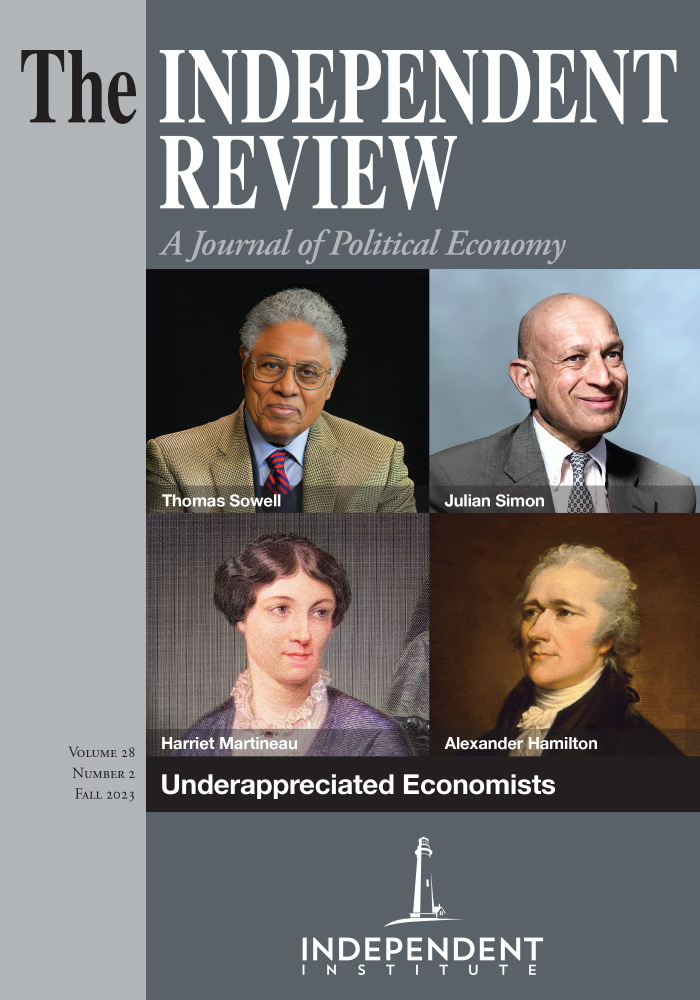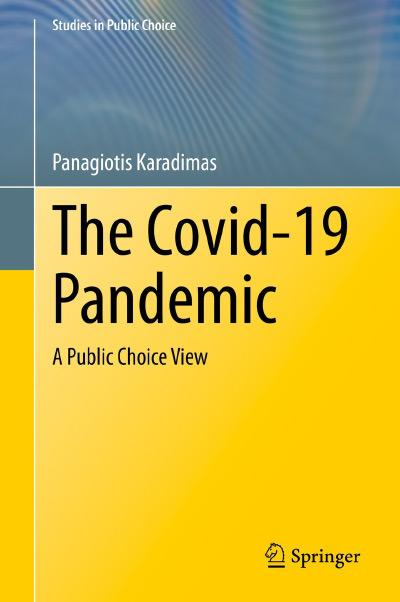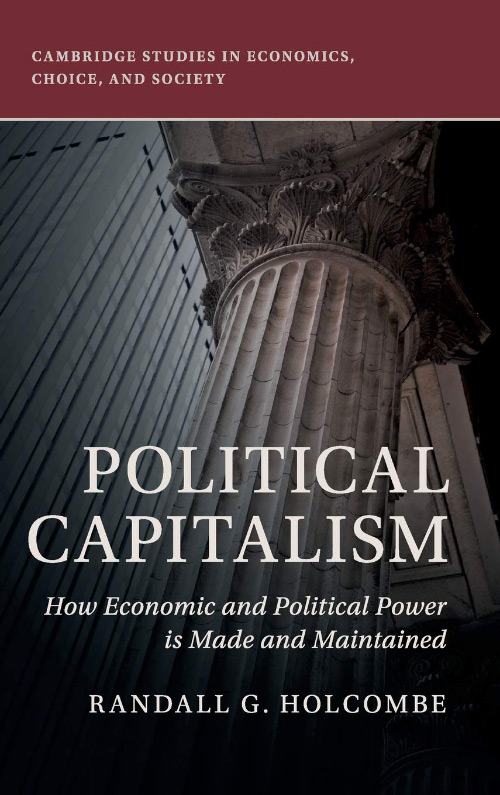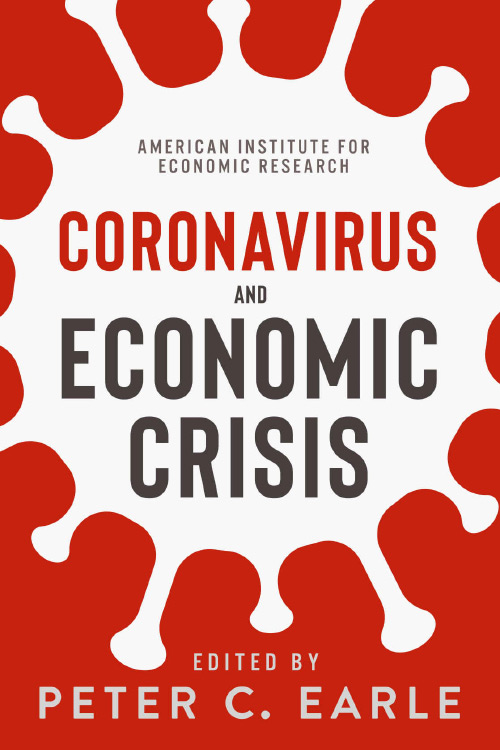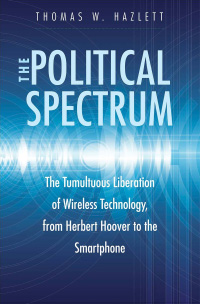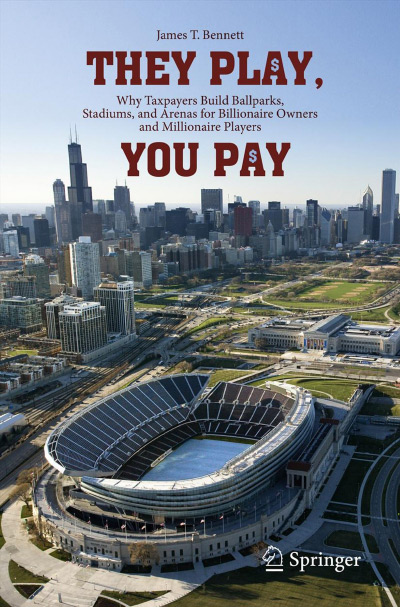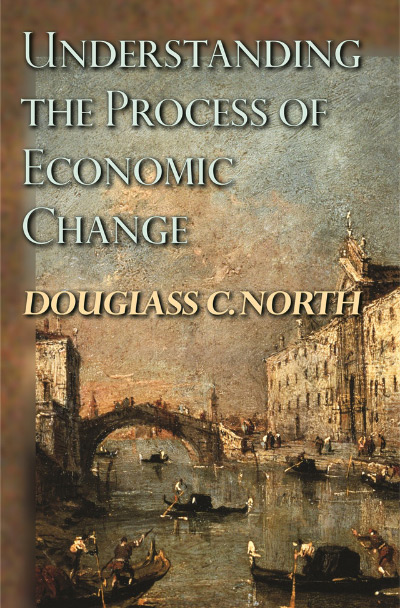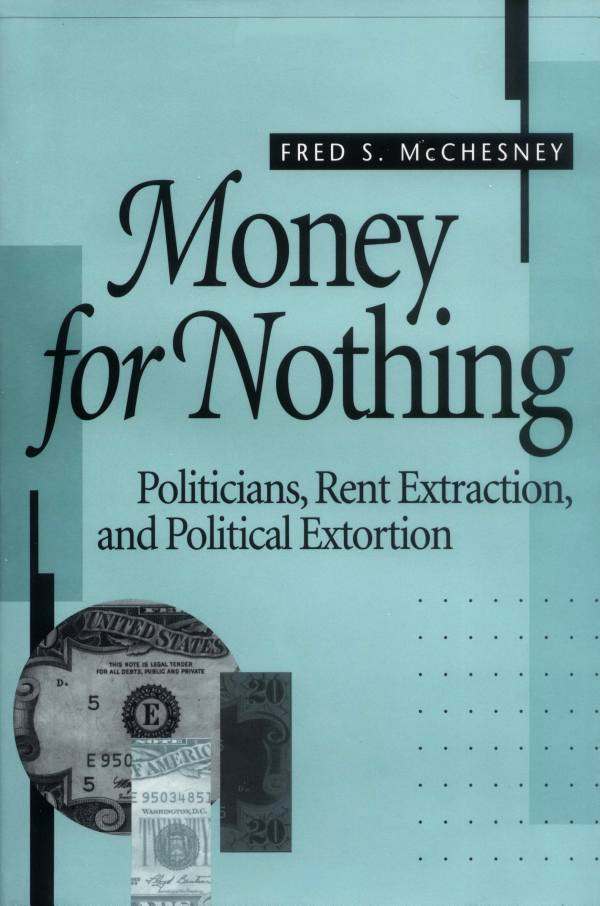In The Covid-19 Pandemic: A Public Choice View, Panagiotis Karadimas sets a difficult task for himself. For Karadimas to support a public choice explanation of pandemic policies and to refute the competing “public interest” explanation, he must convince his audience of uncomfortable truths—that pandemic policies were not merely slightly amiss, but sorely amiss. As a result, Karadimas spends the majority of his book painstakingly documenting the chasm between the best scientific evidence available and the pandemic policies actually implemented. Only after convincing his audience of the failure of pandemic policies, can he examine the behavior of politicians and bureaucrats during the pandemic using public choice theory. To his credit, Karadimas methodically builds a scientifically informed case that pandemic policies were not the best reflection of the scientific data available (to put his case very mildly).
Karadimas is careful not to engage in “hindsight is 2020” and claim that pandemic policies were scientifically misaligned based on information we currently have available. Instead, he meticulously documents how pandemic policies such as lockdowns, school closures, universal cloth masking, etc. failed to align with the best scientific evidence available at the time. Likewise, he deconstructs the (false) dichotomy frequently presented in the media during the pandemic between saving lives and boosting the economy. Karadimas, instead, redirects our attention to the real dichotomy of pandemic policymaking—lives threatened by the virus and lives threatened by a recession. Many readers may find themselves wincing during these chapters at how many years of their lives were significantly negatively impacted for so little comparative benefit to themselves and to the larger society based on what was known at the time. The Covid-19 Pandemic is worth the read for this exploration alone, but it is by no means an easy read.
Perhaps most jarringly, The Covid-19 Pandemic makes us confront our own warped preferences during the pandemic. Karadimas describes at length how the public’s preferences during the pandemic were severely misaligned with the age-stratified risk posed by the virus. However, the most warped public preference during the pandemic was not a preference for lockdowns, but our desire to have politicians “do something.” The effectiveness of the interventions mattered very little because at least the intervention showed that politicians cared (or at least, that is what we told ourselves). As a result, politicians regulated the minutiae of life unrelated to controlling the spread of the virus. (Why else would a pandemic policy require closing gardening centers attached to grocery stores in Michigan in April 2020, but the same policy allow other parts of the store to remain open? After all, does the virus spread more while looking at petunias outside than it does when thumping the melons inside the store? [See Lauren Gibbons, 2020, “Michigan’s Updated Coronavirus Stay-at-home Order Will Close Garden Centers and Other Parts of Grocery Stores,” Michigan Live, April])
Perhaps our own sense of powerlessness in the face of a novel virus caused us to seek comfort in the security blanket of politicians doing something. Anything. Karadimas’ thorough examination of how our desire for politicians to “do something” can lead to damaging results should give many a reader (and a voter) pause before they support politicians who at least promise to “do something.” The rub of building such a strong case for the failure of pandemic policies means that readers will likely find themselves convinced of Karadimas’ case long before he has finished making it. We as readers are then left waiting (with varying degrees of patience) for the public choice explanation of pandemic policies. Karadimas does deliver but takes two-thirds of the book to get there. Once he arrives at the public choice explanation of pandemic policies, the painstaking detail of the previous chapters is lacking. His account is convincing, but for depth, we trade breadth. Karadimas could have easily doubled the amount of time he spent on the public choice explanation of pandemic policies. Many sections of the public choice chapter, such as bureaucrats acting as budget maximizers, deserved their own chapter and not merely one section of a chapter. The Covid-19 Pandemic’s public choice chapter provides a foundation on which other scholars can and should build.
From the start, Karadimas sets up the public choice explanation of pandemic policymaking in opposition to the public interest theory of policymaking. However, throughout his work, it’s not clear whether anyone would actually hold the particular understanding of the public interest theory he presents. At the beginning of the book, Karadimas does present the most plausible view of the public interest theory—that politicians and bureaucrats seek to promote the common good and implement policy interventions to promote the public welfare. However, he bakes more into the public interest theory cake than is perhaps warranted.
Karadimas takes some common (mis)assumptions made during the pandemic and attributes them to the public interest theory. For example, he attributes the assumption that “[t]he risk of catching the virus and dying from it is so great that all age-groups are threatened” to the public interest theory (p. 4). Certainly, one could argue that the risk the virus posed, particularly to non-immunocompromised school-aged children, was overstated (to devastating results). However, Karadimas lays too much at the feet of the public interest theory. A public interest theorist could believe that politicians do seek to promote the common good, but that they are only as good as their data inputs. Karadimas would likely argue in response that politicians had data inputs early enough in the pandemic that indicated that the risk of dying from the virus was highly dependent on age. However, a public interest theorist could argue that the pandemic fog of war was quite real and that politicians, at least in the early days of the pandemic, were acting on the best available data. This is by no means a defense of the public interest theory but serves to highlight that one can defend a public choice explanation of pandemic policymaking without baking in faulty scientific assumptions into the public interest theory. Indeed, one could argue that the public choice explanation of pandemic policymaking is so robust that even if the risk posed by the virus was equally distributed by age that public choice theory would still explain the failures of pandemic policies.
While the public interest theory is certainly not without its defenders, Karadimas would have bolstered his argument if he had spent more time steel manning (the opposite of straw manning) the public interest theory. His discussion of the “precautionary principle” comes close to steel manning the public interest theory, but such an approach should have been taken consistently throughout the book. For example, a steel-manned version of the public interest theory could hold that while politicians care about making good policy, they also care about reelection. After all, how can publicly minded politicians continue to make good policy if they are not reelected? Karadimas could have used his earlier examination of the scientific misalignment of pandemic policies to show that the desire to make good policy could not explain pandemic policymaking. Instead, he could argue that elected officials acted as “single-minded seekers” (to borrow a phrase) of reelection and bureaucrats acted as budget maximizers. Karadimas’ refutation of the public interest theory would have been better served by presenting the strongest case for the public interest theory and then systematically showing the superiority of public choice theory.
Karadimas ends The Covid-19 Pandemic triumphantly, declaring that “the evidence is overwhelming in favor of the public choice explanation of pandemic decision-making.... The results are a triumph for public choice theory” (p. 133). Indeed, scientifically misaligned pandemic policies may be a triumph for the public choice theory, if nothing else. What remains to be seen is whether politicians “ended up better off,” as public choice theory predicts, and if we will indeed grant the “pandemic amnesty” so many politicians and bureaucrats now seek (p. 6).
The Covid-19 Pandemic: A Public Choice View will be of interest to students of public choice and those in public health seeking to understand how to prepare (or rather what not to do) in the event of another pandemic.

